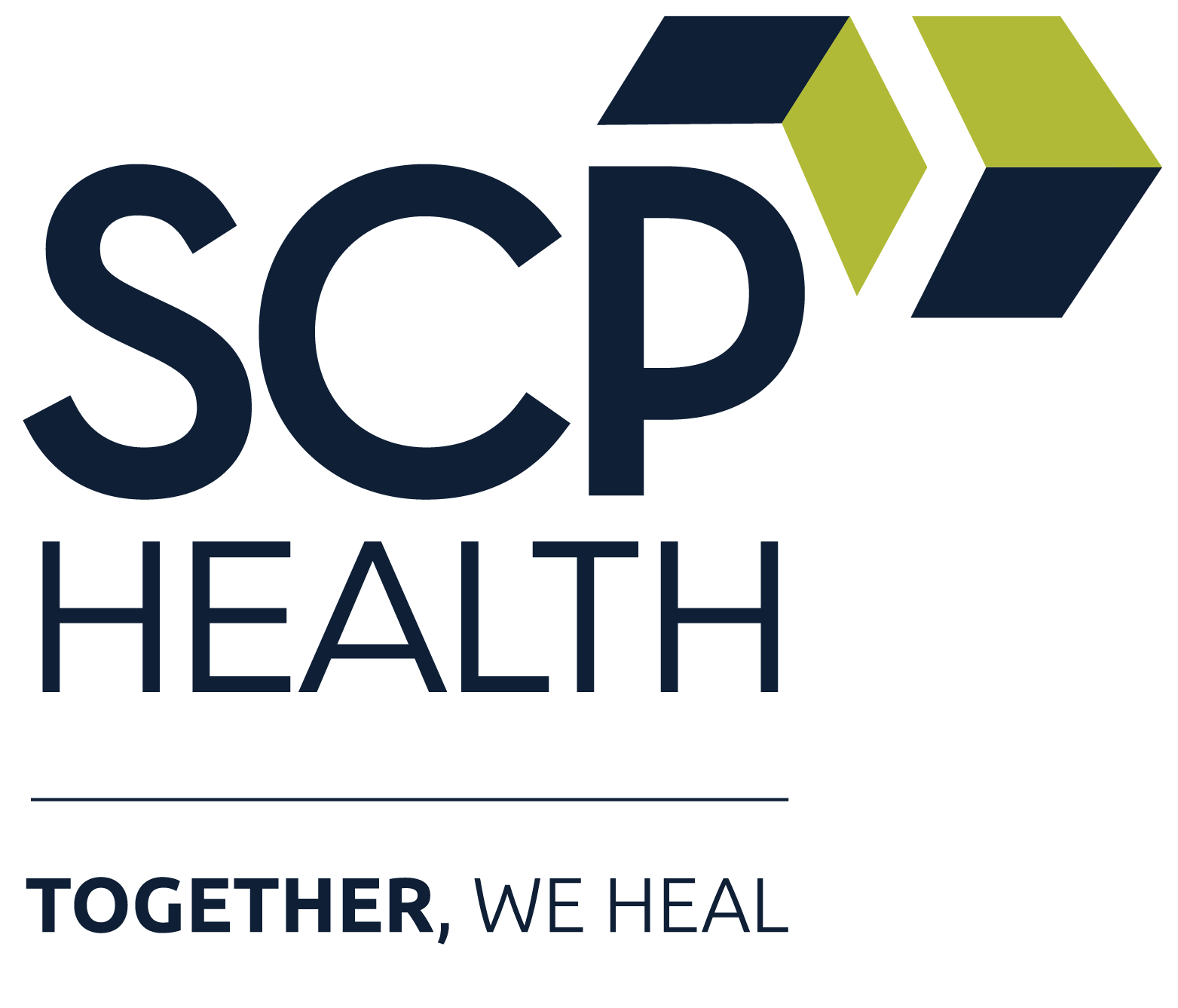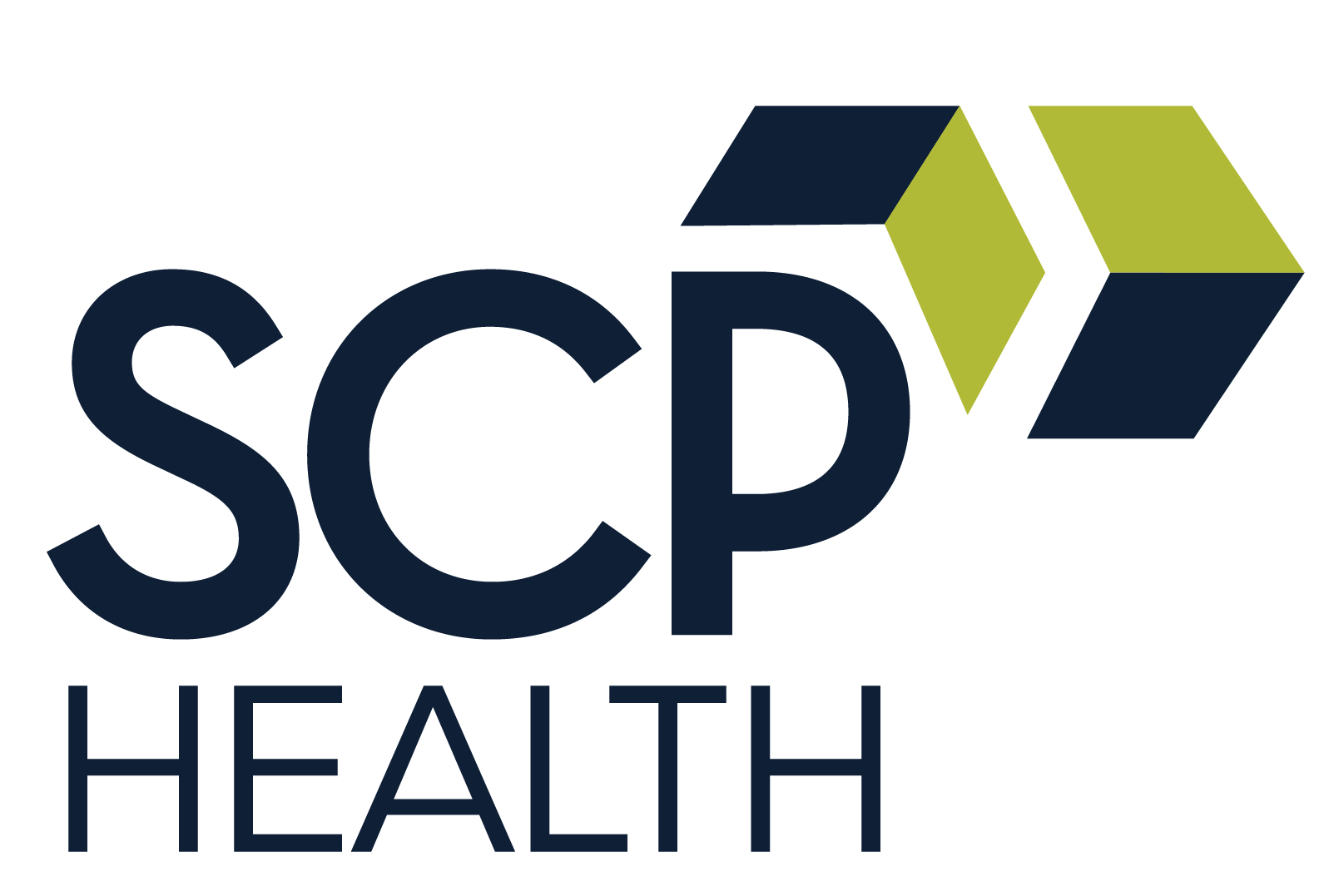From the SCP Health Clinical Leadership Council
The modern care team in a complex health care landscape
By Andrew Core, MD, Senior Vice President and Division Medical Officer
No matter how conscientious and hardworking you are as a provider of critical care, hospital medicine, or emergency medicine, you need a well-coordinated modern care team to manage acute care episodes optimally. True team-based care goes beyond the traditional roles of physician, nurse practitioner, and physician assistant and leverages additional resources for the best patient outcomes.
What makes up a modern care team?
Local, regional, and national support members
Includes on-site staff and additional regional leadership and national support encompassing functions such as credentialing and scheduling, in addition to ongoing education, best practices, optimization, and coaching.
Optimizing team communication
Effective communication ensures that everyone is informed and actively contributing to patient care, especially during emergencies or busy shifts. In a well-functioning team, strong rapport and relationships enhance collaboration and allow for quick recognition of each member’s contributions. This is especially important during emergencies, busy emergency department shifts, or hospital medicine rounding, where quick and adaptable responses are needed.
Active engagement with extended team members
By recognizing contributions and maintaining active communication with team members—such as nursing staff, allied health professionals (e.g., imaging technicians, respiratory therapy), local operational leaders, environmental services, and transportation—we can provide optimal care for our patients.
For example:
- Lab colleagues: Clearly communicate how blood cultures should be obtained based on clinical suspicion or how to prioritize orders for better throughput.
- Imaging technicians: Ensure that “wrong side” orders are avoided and that the appropriate technique or protocol is chosen based on the clinical concern.
Building collaborative relationships
In addition to episodic partnerships, having a site-level medical director who actively engages with local partners outside the traditional medical executive committee functions (MEC), holding meetings, and joint operating committees makes a difference. Taking advantage of other opportunities for building strong connections helps to establish strong working relationships and streamlined procedures.
Enhancing patient safety and satisfaction
Effective teamwork not only improves patient safety and operational efficiency, but it also boosts patient satisfaction through positive perceptions of team collaboration, which is a key driver of favorable patient experience surveys.
The modern health care team must also include the patient and their support system.
Patient and family is part of the care team
By involving the patient in medical decision-making, we ensure care aligns with the patient’s wishes and desires. This is especially important in cases of chronic life-limiting illnesses, when patient values and care goals may shift from the default aggressive treatments to more palliative approaches.
Within the boundaries of HIPAA and patient preferences, families can play a crucial role in providing accurate history, assisting with difficult decisions, and identifying emergencies or missed clinical situations through programs like “condition help” or similar programs.
When families and patients participate in centered rounds or patient-centered ED encounters, they are attuned to the care plan and are more likely to identify “red flags,” just like any other team member.
When your next shift comes, consider how to effectively engage the modern care team. By properly doing so, you can protect your patient from avoidable risks.
Interested in joining a team where collaboration and communication are prioritized? Learn more about our clinical career opportunities and discover how working within a well-coordinated care team can make a difference in your practice.




